The ancient citadel of Machu Picchu has long been a crown jewel of global heritage tourism, but recent visitor restrictions have turned securing sunrise entry into something akin to an Olympic sport. As Peruvian authorities implement stricter daily caps to preserve the fragile site, travelers now face a complex web of logistics, timing, and sheer luck to witness dawn's first light over the Andes from those iconic terraces.
The New Normal at the Lost City
Gone are the days when visitors could casually stroll up to Machu Picchu's gates at daybreak. The UNESCO World Heritage Site now enforces a rigid three-tiered entry system with precisely timed slots, cutting daily admissions nearly in half from pre-pandemic levels. Morning access has become particularly coveted - not just for the magical lighting and thinner crowds, but because it allows time to hike Huayna Picchu or Machu Picchu Mountain, both requiring additional permits that sell out months ahead.
Why the Crackdown? Years of overtourism had taken a visible toll on the 15th-century Inca ruins. Erosion paths widened, delicate stonework showed wear from countless touching hands, and the site's spiritual atmosphere diluted under waves of selfie sticks. The Peruvian Ministry of Culture's 2023 management plan introduced biometric registrations, mandatory guides for certain sectors, and most crucially - fixed entry windows to prevent overcrowding.
The Dawn Lottery
Securing a 6am entry ticket now requires military-style planning. The official booking platform (www.machupicchu.gob.pe) releases tickets exactly three months out at midnight Peruvian time. Within minutes, the first two morning slots disappear - snapped up by tour operators with automated systems and well-connected local agencies. Independent travelers often find themselves staring at "SOLD OUT" notifications by 12:07am.
Seasoned travelers have developed workarounds. Some monitor the site for last-minute cancellations (which typically become available 48 hours before entry dates). Others book through licensed operators who purchase blocks of tickets, though this often means paying premium prices for bundled tours. A risky but legal tactic involves purchasing afternoon tickets and attempting to enter early - guards occasionally permit this during low season if crowds are thin.
The Aguas Calientes Factor Your ticket is only half the battle. To actually reach the gates for sunrise, you'll need to overnight in the gateway town of Aguas Calientes. Here, budget hostels fill fast for 4am wake-up calls, while luxury hotels like the Inkaterra Machu Picchu Pueblo Hotel offer private guides who know exactly which bus line moves fastest in the predawn darkness.
When Persistence Pays Off
Those who do succeed describe an almost spiritual reward. "We queued at 3:30am for the first buses," recalls Marie-Claire Dubois, a French architect who visited last October. "Watching mist rise off the terraces with just twenty other people - it felt like we'd traveled back centuries." Her secret? Booking the "Circuit 4" ticket combining Machu Picchu with the lesser-visited Huchuy Picchu area, which had slightly better availability.
Archaeologists applaud the restrictions, noting how reduced foot traffic has allowed native vegetation to reclaim areas around the ruins. Bird species not seen in years have returned, and morning visitors report hearing the site's natural soundscape - wind through stone channels, distant waterfalls - without the constant hum of crowd noise.
The Future of Access Rumors persist about a potential lottery system or further price hikes to manage demand. For now, the early bird strategy remains the most reliable path to that golden hour experience. As one Cusco-based guide put it: "Machu Picchu at dawn isn't just a visit - it's a pilgrimage that starts with your mouse cursor at midnight three months prior."
What hasn't changed is the site's power to astonish. Whether you secure that coveted first entry or adapt with afternoon plans, the citadel's genius - how its stones precisely track solstices, how its walls dance with shadows - continues to reveal itself to patient observers. The new regulations, however frustrating, may ultimately return Machu Picchu to what it should always have been: not a checklist item, but a slow revelation.
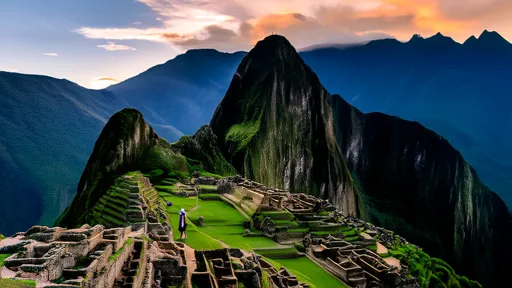
By /Aug 5, 2025
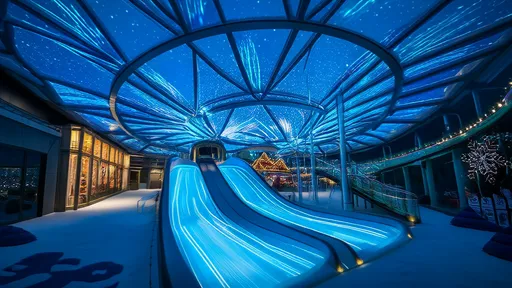
By /Aug 5, 2025
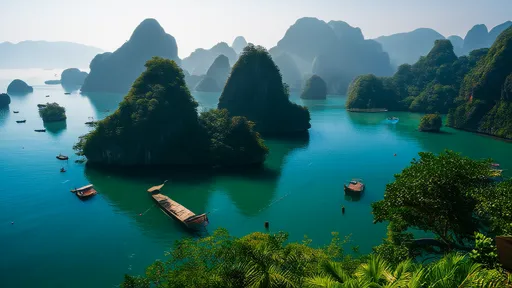
By /Aug 5, 2025
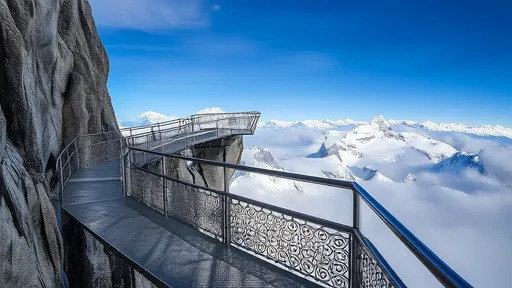
By /Aug 5, 2025

By /Aug 5, 2025
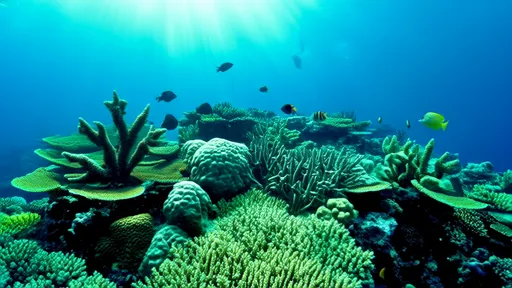
By /Aug 5, 2025

By /Aug 5, 2025
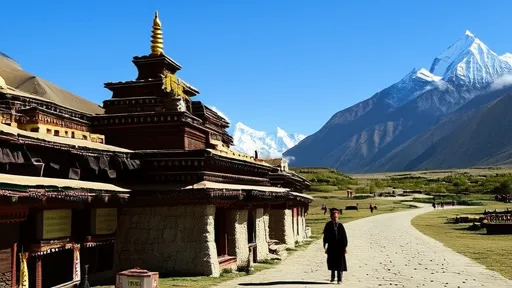
By /Aug 5, 2025
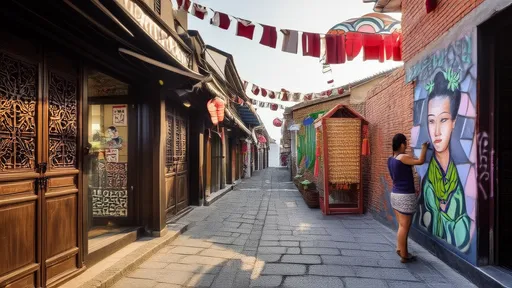
By /Aug 5, 2025
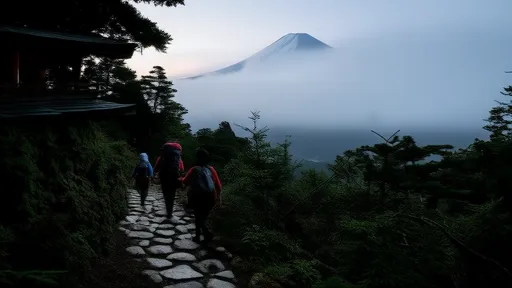
By /Aug 5, 2025
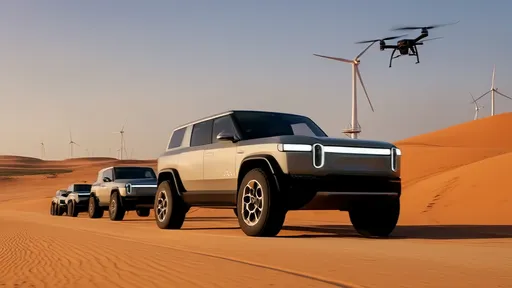
By /Aug 5, 2025
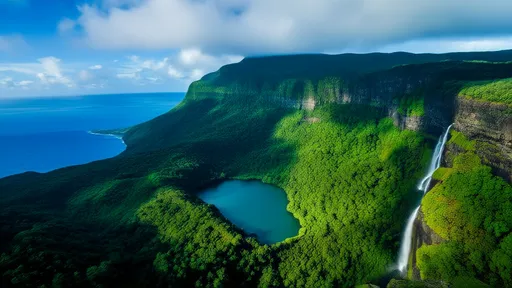
By /Aug 5, 2025
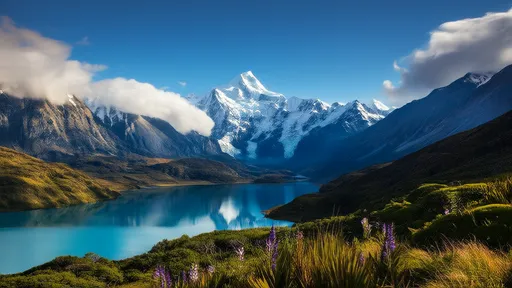
By /Aug 5, 2025
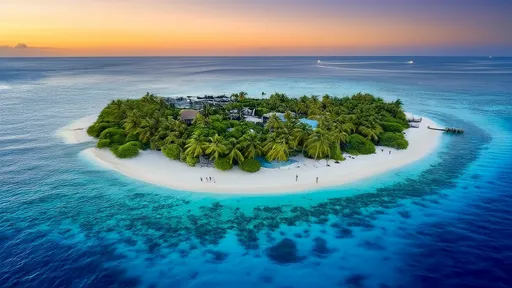
By /Aug 5, 2025
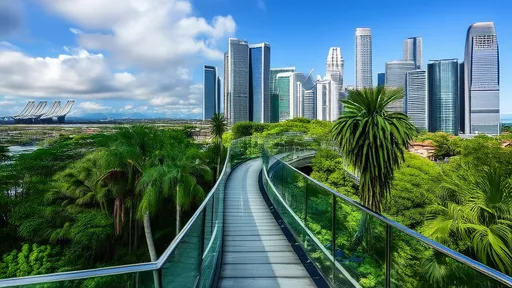
By /Aug 5, 2025
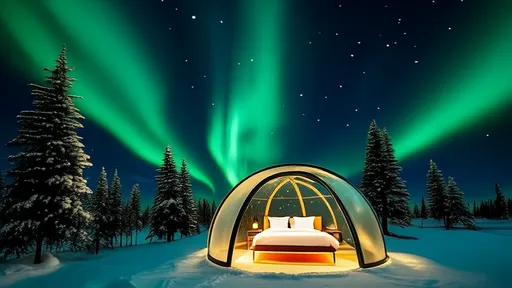
By /Aug 5, 2025
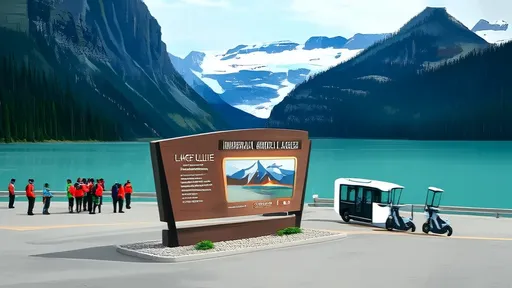
By /Aug 5, 2025
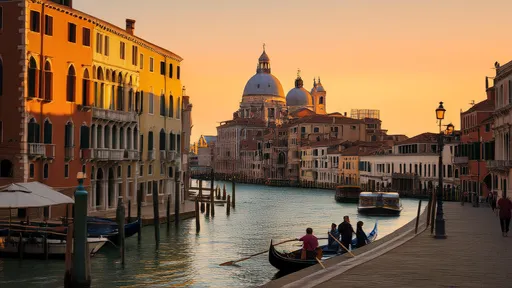
By /Aug 5, 2025
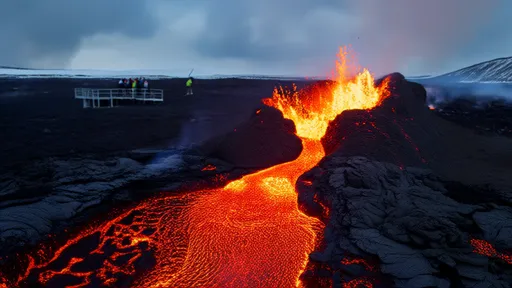
By /Aug 5, 2025
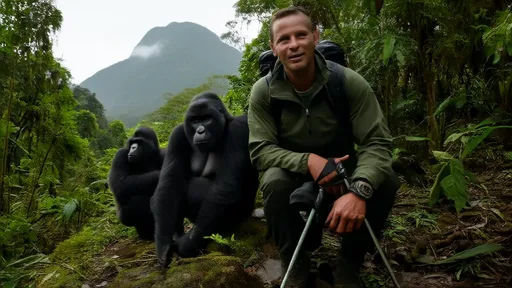
By /Aug 5, 2025